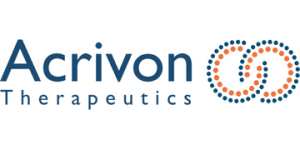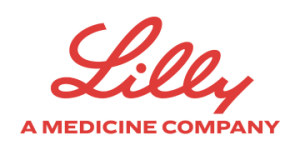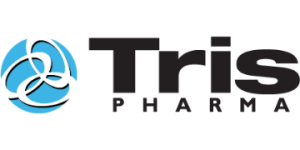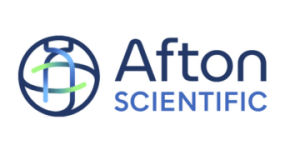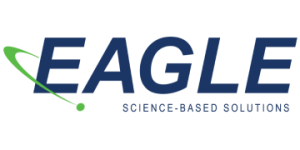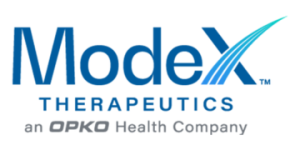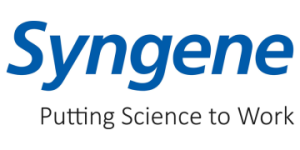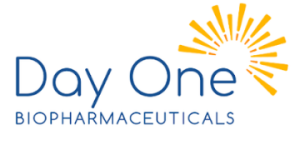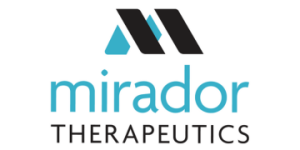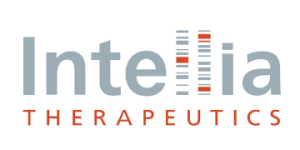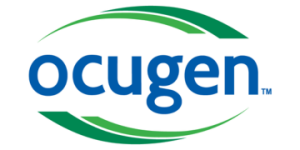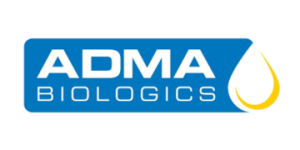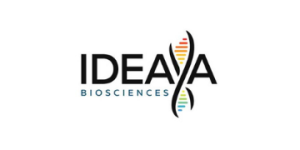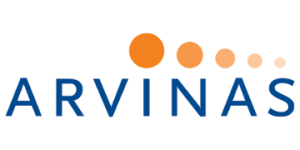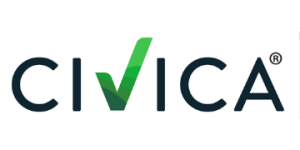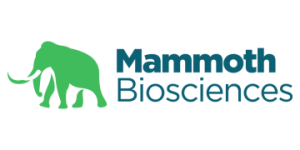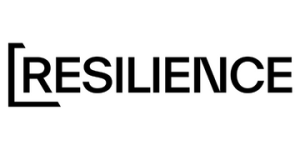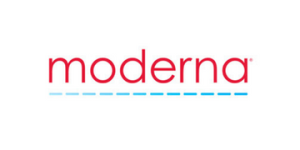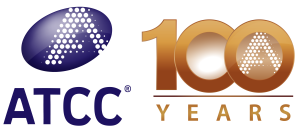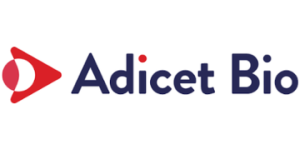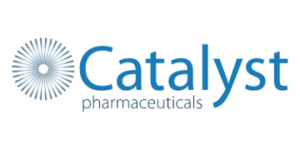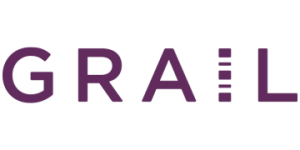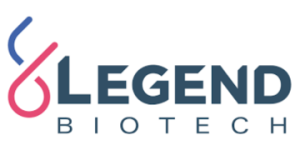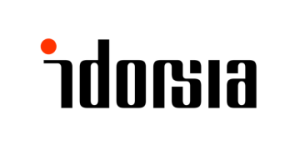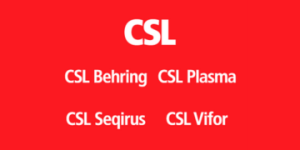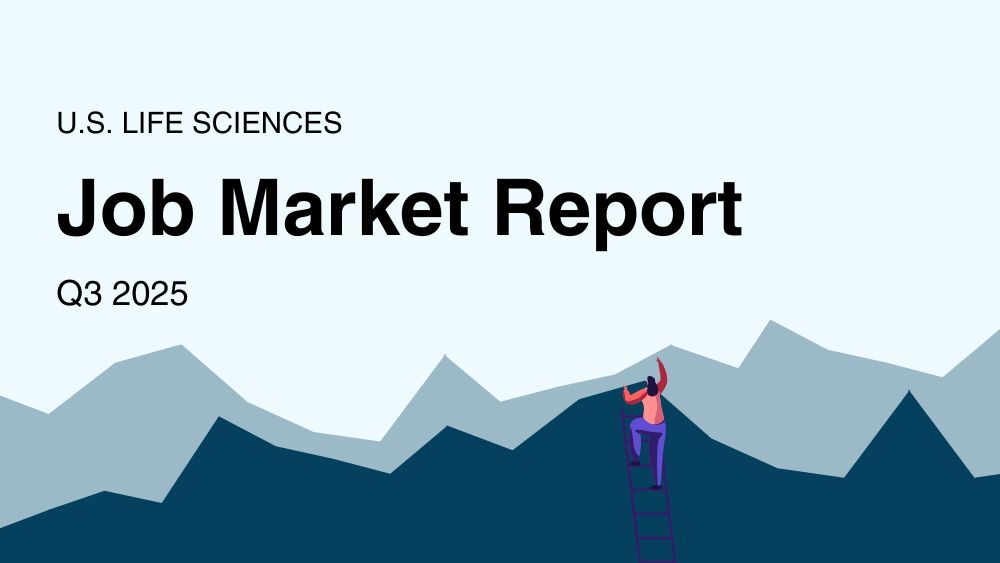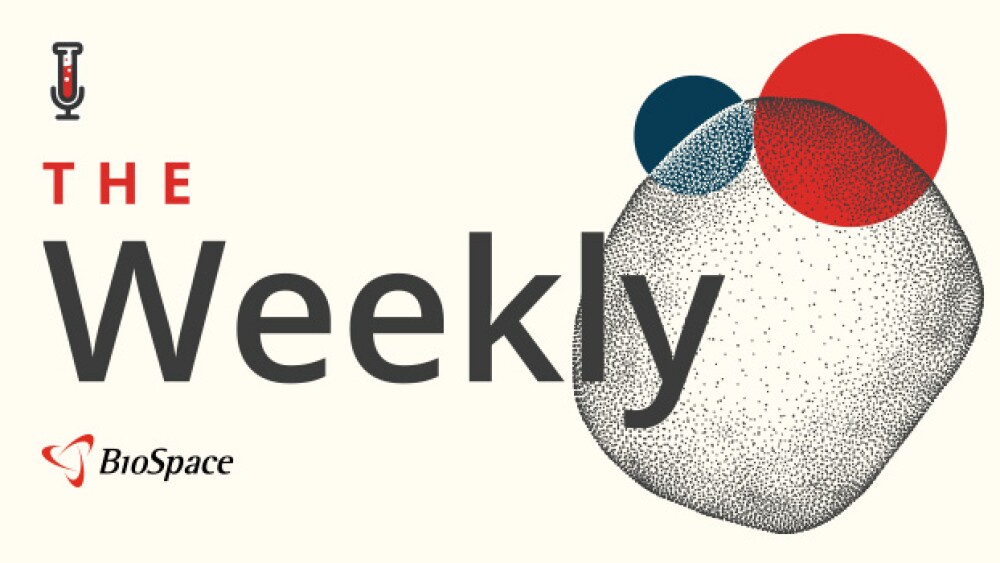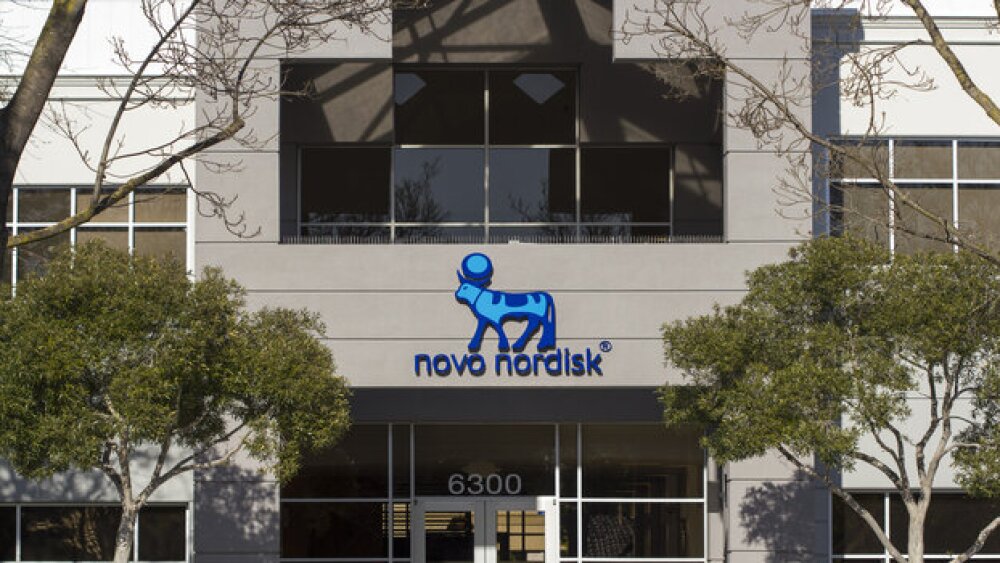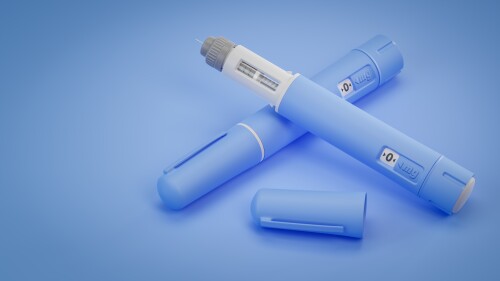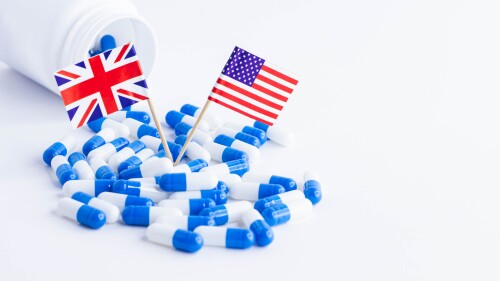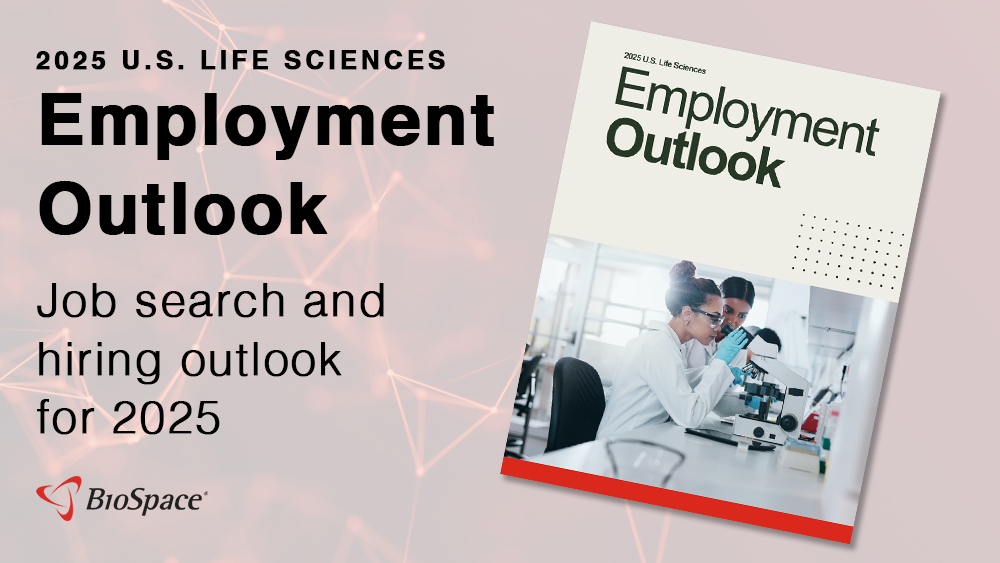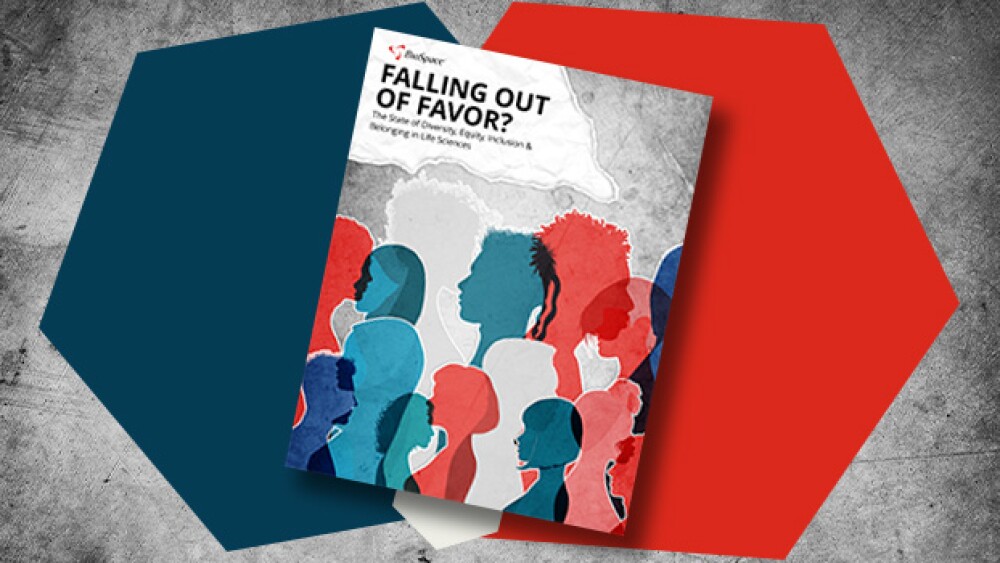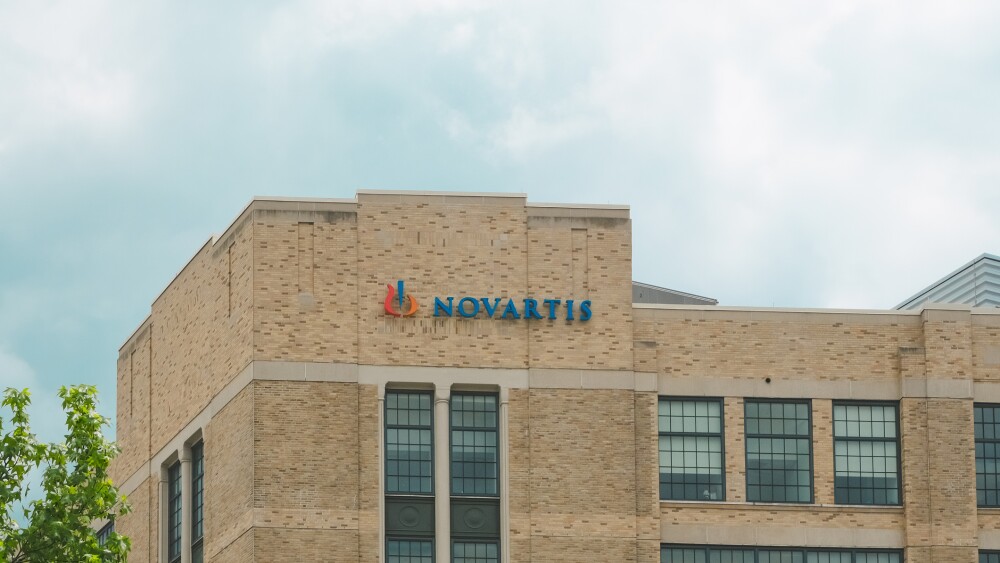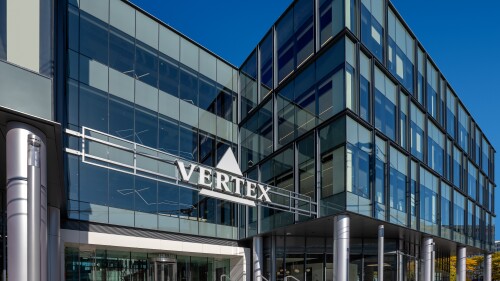The pivotal Phase II trial is testing Allogene’s CAR T candidate cemacabtagene ansegedleucel for large B-cell lymphoma. ALLO-647 was being used as a preparative lymphodepletion therapy.
Earlier this year, the Centers for Medicare and Medicaid Services scrapped a previous proposal, from the Biden administration, to include anti-obesity medications in Medicare Part D coverage.
A ripple effect of the NIH’s slashed 2026 budget will be felt throughout the biopharma ecosystem. Young companies must act now to weather the storm.
Delays in the decision dates for high-dose Eylea are linked to issues at a Catalent-owned facility. Once these are resolved, Regeneron expects “to receive favorable action” on these applications, CEO Leonard Schleifer told investors.
A U.K. Court of Appeals ruling confirms the validity of a patent covering modifications of mRNA used in Moderna’s vaccines.
It’s not often that a CEO outright dismisses M&A prospects, but Moderna CEO Stéphane Bancel says the mRNA biotech has enough programs on its hands.
FEATURED STORIES
The vaccine maker is competing with well-established rivals in markets that have a mix of demand issues as well as commercial and structural headwinds, as the biotech looks to establish new growth drivers.
In this deep dive BioSpace dissects the global obesity and diabetes markets along with the growing pipelines that aim to serve them.
As the pharma industry awaits congressional action on the bill, gaping holes in the domestic drug manufacturing ecosystem have never been clearer.
Experts say Novo Nordisk and Eli Lilly’s GLP-1 drugs are unlikely to reach more countries in the near term, but Sanofi’s diabetes treatment has gained ground globally.
The recent invalidation of an AAV gene therapy patent overlooks the complexity of innovation in biotechnology and could put a broad swath of intellectual property at risk.
Psychedelic drug developers are undeterred by the FDA’s Complete Response Letter for the company’s MDMA therapy for PTSD, and experts expect Lykos will ultimately obtain approval.
LATEST PODCASTS
In this episode presented by PII, BioSpace’s head of insights discusses how to relieve clinical trial patients of technological burden to improve compliance with guests Oliver Eden and Travis Webb.
Pfizer and Novo Nordisk continue to fight for ownership of obesity startup Metsera; CDER Director George Tidmarsh leaves his position amid an ongoing probe into his “personal conduct”; FDA reverses course on approval requirements for uniQure’s Huntington’s gene therapy; Sarepta’s exon-skipping Duchenne muscular dystrophy drugs fail confirmatory study.
In this episode presented by Element Materials Technology, BioSpace’s head of insights discusses how China, historically focused on manufacturing, is increasingly becoming an innovation leader, particularly in pharmaceuticals, with guests Dr. Jihye Jang-Lee and Dr. Khanh Courtney. Ultimately, balanced strategies involve domestic capacity investments coupled with global collaboration.
Job Trends
4D Molecular Therapeutics, a leading clinical-stage genetic medicines company focused on unlocking the full potential of genetic medicines to treat large market diseases, reported full year 2023 financial results and provided operational highlights.
Subscribe to Genepool
Subscribe to BioSpace’s flagship publication including top headlines, special editions and life sciences’ most important breaking news
SPECIAL EDITIONS
In this deep dive, BioSpace investigates China’s rise as a biotech powerhouse.
In this deep dive, BioSpace explores the next big thing in obesity.
BioSpace did a deep dive into biopharma female executives who navigated difficult markets to lead their companies to high-value exits.
DEALS
-
The Danish pharma announced Monday that it is buying a Phase III hypertension candidate from Singapore-based KBP Biosciences. It is Novo Nordisk’s third high-value purchase in as many months.
-
The first two weeks of October saw BMS’s $4.8 billion buyout of Mirati, Lilly’s $1.4 billion purchase of Point, Kyowa Kirin’s $387 million acquisition of Orchard and AbbVie’s $110 million Mitokinin deal.
-
An increase in funding share and available lab space helps to keep the Bay State’s biotech and pharma sectors strong.
-
The European Commission on Thursday ordered Illumina to divest Grail, opening the next chapter in the years-long regulatory saga. Illumina is reviewing the order, Reuters reported.
-
From Statera Biopharma and Sorrento Therapeutics to Aceragen and Infinity Pharmaceuticals, 2023 has seen a record high 28 bankruptcies in the biotech space so far. Here’s why.
WEIGHT LOSS
-
With Wednesday’s readout showing symptom improvements in obstructive sleep apnea patients, Eli Lilly is preparing to file for a label expansion for its blockbuster weight-loss drug Zepbound.
-
The German biopharma company on Tuesday announced ambitious pipeline plans that include starting 10 new Phase II and III trials over the next 12 to 18 months.
-
The European Medicines Agency on Friday said it found no evidence linking GLP-1 receptor agonists with suicidal thoughts and actions, following a review of patients taking Novo Nordisk’s semaglutide and liraglutide, and Eli Lilly’s dulaglutide and AstraZeneca’s exenatide.
-
Florida District Judge Roy Altman earlier this week ruled against Eli Lilly, finding that the drugmaker cannot use state law to block reformulated versions of its blockbuster weight-loss and diabetes medication tirzepatide.
-
The American Society of Health-System Pharmacists has released statistics showing the number of active and ongoing U.S. drug shortages has reached 323, the highest number since it began tracking the data.
POLICY
-
The chair of the House Committee on Oversight and Accountability wants the CEOs of CVS Caremark, Express Scripts and Optum Rx to fix statements they made in a hearing last month that contradicted the committee’s and Federal Trade Commission’s findings.
-
Congress, the Federal Trade Commission and the U.S. Patent and Trademark Office are all targeting Big Pharma’s practice of filing multiple, overlapping patents that stifle generic and biosimilar competition.
-
Well-financed startup Tome is winding down operations just as two new companies, Borealis Biosciences and GondolaBio, are launching. Meanwhile, in the midst of already tense relations with China, House lawmakers raise the alarm about U.S. companies working with the country’s military on trials.
-
The number of patients who will be eligible for Novo Nordisk’s blockbuster GLP-1 under new Medicare Part D plan guidelines will vary depending on how cardiovascular disease is defined, according to researchers.
-
Johnson & Johnson’s proposed changes to the hospital drug discount program are inconsistent with the federal statute, according to the Health Resources and Services Administration.
No matter where in the process you are, here are the questions you should be asking your interviewer.
Here’s a breakdown of how to talk to a future employer about an employment gap in your resume depending on the situation that caused it. So keep reading.
Transferable skills are skills you’ve used in any sector of your life and career that are transferable and applicable to what you what you want to do next.
In the meantime, here are a few things you can do to fill your resume while you’re in between jobs.
Our recent article describing six prominent careers in the biopharma industry was well-received by both college students and current biopharma professionals. As the first installment in a six-part series, we present an in depth review of a rewarding career as a genetic counselor.
A well-written thank you letter after interview can help you make an impact on the interviewers. It can increase your chance of getting hired so learn how to write one.
HOTBEDS
REPORTS
In this Employment Outlook report, BioSpace explores current workforce sentiment, job activity trends and the prospective job and hiring outlook for 2025, particularly as it compares to the previous year.
BioSpace’s third report on diversity, equity, inclusion and belonging in life sciences examines dramatic shifts in attitude around diversity initiatives.
CANCER
-
Novartis continues its dealmaking spree with a bet on Dren Bio’s Targeted Myeloid Engager and Phagocytosis platform to develop bispecific antibodies in oncology.
-
A longtime biopharma exec and Moderna shareholder argues in an anonymous email to the companies’ CFOs that they have a fiduciary responsibility to close the deal. Analysts say the proposal is interesting but “too simplistic.”
-
AstraZeneca is proposing to use Imfinzi for resectable non-small cell lung cancer in the perioperative setting—both before and after surgical resection of the tumor. However, ahead of Thursday’s advisory committee meeting, FDA staffers have expressed concerns.
-
Third Arc Bio, led by three former Johnson & Johnson executives, is advancing a portfolio of multifunctional antibodies for cancer and inflammatory and immune-mediated diseases.
-
GSK is seeking to relaunch Blenrep after its market withdrawal in 2022. The pharma is eyeing a second-line niche for the antibody-drug conjugate in the treatment of relapsed or refractory multiple myeloma.
NEUROSCIENCE
-
The regulator’s new draft guidance, released on Monday, provides additional details regarding the use of surrogate and biomarker endpoints to support accelerated approvals.
-
In Monday’s neurology update for investors, Roche touted data from a small Ib/IIa trial for trontinemab, an investigational therapy for Alzheimer’s disease which demonstrated “rapid and robust” amyloid plaque reduction.
-
Acadia Pharmaceuticals is terminating development of its antipsychotic drug pimavanserin, which did not demonstrate a statistically significant improvement over placebo in the late-stage study’s primary endpoint.
-
Boehringer Ingelheim has paid $27.3 million upfront to Sosei Heptares to develop a small molecule agonist of GPR52 to treat the positive, negative and cognitive symptoms of schizophrenia.
-
With Monday’s FDA rejection of their long-acting glatiramer acetate formulation, Viatris and Mapi Pharma continue the biopharma industry’s recent losing streak in multiple sclerosis.
CELL AND GENE THERAPY
-
The FDA previously placed two clinical studies on hold, including the Phase III trial in which the liver toxicity occurred. Intellia is working with experts to create a risk management program for nex-z.
-
Pfizer and Novo Nordisk continue to fight for ownership of obesity startup Metsera; CDER Director George Tidmarsh leaves his position amid an ongoing probe into his “personal conduct”; FDA reverses course on approval requirements for uniQure’s Huntington’s gene therapy; Sarepta’s exon-skipping Duchenne muscular dystrophy drugs fail confirmatory study.
-
The potential approval of Vertex’s IgAN therapy povetacicept in 2026 comes amid launch headwinds for the company’s non-opioid pain medicine Journavx and gene therapy Casgevy.
-
With a 100% response rate in a Phase II study, KYV-101 sets a new efficacy bar in generalized myasthenia gravis, according to analysts at William Blair.
-
The clinical hold comes days after Intellia voluntarily paused enrollment and dosing in the same two studies.
















